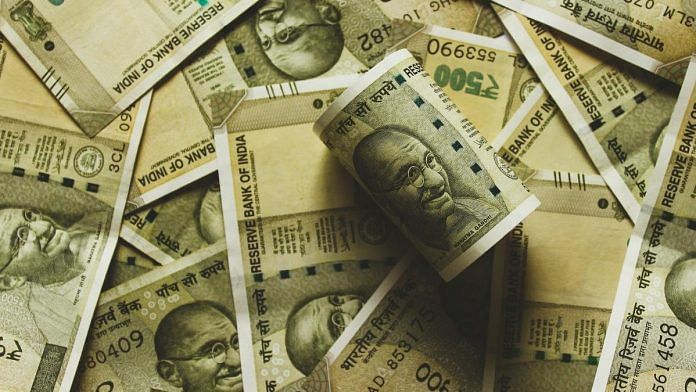New Delhi: India’s direct tax-to-GDP (Gross Domestic Product) ratio, which reflects the share of taxes in the country’s overall economic output, reached a 15-year high of 6.11 percent at the end of financial year 2022-2023, according to time-series data released by the Central Board of Direct Taxes (CBDT) Tuesday.
The previous highest direct taxes-to-GDP ratio was 6.3 percent in 2007-08.
A low tax-to-GDP ratio indicates that a significant part of the country’s economic activity is untaxed and that there are fewer actors contributing to the tax revenue, global accounting major PricewaterhouseCoopers (PwC) said in a note.
It is generally agreed that raising tax as a share of GDP is an important part of the development process and a key component of building an effective state. One of the challenges in achieving this is the high level of non-compliance in the tax system, the PwC added.
The data further showed that direct taxes collected is estimated to be Rs 16.6 lakh crore in FY23, or 54.6 percent of the total tax collections of Rs 30.45 lakh crore, signifying that more than half of the country’s taxes are coming from direct taxes — the main being corporate tax and personal income tax.
Further, the direct tax collection has surged nearly 160 percent from Rs 6.38 lakh crore in 2014-15 to an estimated Rs 16.6 lakh crore in 2022-23.
The total number of taxpayers stood at over 9.37 crore in 2022-23, of which 95 percent or about 8.9 crore are individual taxpayers and the rest are Hindu Undivided Families (HUFs). The number of individual taxpayers increased nearly 80 percent from 4.95 crore in 2013-14 to 8.9 crore in 2022-23, the data showed.
According to the CBDT, a taxpayer is a person who either has filed a return of income or in whose case tax has been deducted at source but the taxpayer has not filed the return of income.
The number of income-tax returns filed was also the highest since financial year 2013-14, with over 7.40 crore returns filed in the last financial year.
Further, the cost of collection of taxes has also come down, indicating an improved efficiency in the tax collection process. Data showed that the cost of collection decreased to 0.51 percent in the financial year 2022-2023 as compared to 0.53 per cent in the financial year 2021-2022. The cost of collection stood at 0.57 percent in 2013-14, which later increased to 0.76 percent in 2020-21.
(Edited by Tony Rai)
Also Read: 40% of global jobs face risks from AI but it’s lower in India, other emerging economies — IMF



